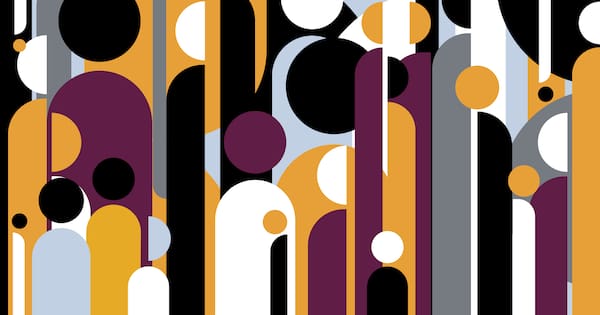Māori Population Growth in Aotearoa New Zealand: Trends and Insights
Aotearoa New Zealand, commonly known as New Zealand, is home to a vibrant and diverse population, with a significant and growing Māori community. According to the latest estimates from Stats NZ, nearly a million people in the country identify as Māori, a number projected to exceed one million by 2033. As of June 2025, approximately 932,000 people—or 18% of New Zealand’s total population—identified as Māori, a figure expected to rise to 20% by 2048.
Factors Driving Population Growth
Sean Broughton, Stats NZ’s population and housing spokesperson, notes that the Māori population is growing at a faster rate than the overall population of Aotearoa. This surge can be attributed primarily to higher-than-average birth rates and a younger age demographic. Between 2012 and 2025, Māori births averaged around 17,000 annually. As the children born since 2000 enter their childbearing years, this number is likely to exceed 19,000 by the late 2030s.
Inter-ethnic partnering also contributes to this growth. Roughly one-quarter of Māori births are to non-Māori mothers and Māori fathers, highlighting the fluidity and interconnectedness of ethnic identities in contemporary Aotearoa. As Broughton elaborates, “Identifying with multiple ethnicities is common for Māori,” reflecting a broader trend towards multicultural identities within families.
Ethnic Diversity Among Māori
The 2023 Census revealed fascinating insights into the ethnic affiliations of the Māori population. Notably, 59% of Māori people identified with other ethnicities, underscoring the rich cultural mosaic of Aotearoa. The breakdown of these identifications includes:
- 53% identified with European ethnicities.
- 11% identified with Pacific ethnicities.
- 2% identified with Asian ethnicities.
- 0.4% identified with Middle Eastern, Latin American, or African ethnicities.
This intertwining of identities serves as a testament to the evolving nature of ethnicity in New Zealand. Ethnicity is a self-defined cultural affiliation, and individuals can identify with multiple backgrounds, creating a dynamic social landscape.
Declining Death Rates and Aging Population
While the Māori population is growing, mortality rates also play a crucial role in demographic dynamics. In the year leading up to June 2025, nearly 5,000 Māori deaths were recorded—figures that are expected to gradually increase as the population ages. The aging process aligns with wider demographic patterns observed in other ethnic groups.
Looking ahead, the number of Māori individuals aged 65 and older is projected to rise significantly, from around 75,000 in 2025 to approximately 180,000 by 2048. Meanwhile, the population aged 40 to 64 years is anticipated to grow from 230,000 to roughly 370,000 over the same period.
Changing Median Age
The median age of the Māori population continues to climb, though it remains younger than the overall population of New Zealand. Currently sitting at 28 years, the median age for Māori is projected to rise to 35 by 2048. In contrast, the overall New Zealand median age is expected to increase from 38 to 43 in the same timeframe. This gradual aging reflects broader societal trends while emphasizing the relative youthfulness of the Māori demographic.
Māori Descent and Whakapapa
In June 2023, the total number of individuals living in Aotearoa of Māori descent reached around 1,036,000, contrasting with a Māori ethnic population of approximately 911,000 at that time. This distinction highlights the importance of whakapapa, or genealogical connections, in defining identity among Māori communities. Whakapapa not only encompasses one’s ancestry but also includes social and cultural ties, embodying a holistic view of identity that resonates deeply within Māori culture.
In Summary
The growth of the Māori population in Aotearoa New Zealand encapsulates various social, cultural, and demographic trends, spotlighting the dynamic and evolving identity of this rich indigenous community. Factors such as higher birth rates, inter-ethnic relationships, and changing age demographics are key components shaping the future of Māori in New Zealand. As society continues to evolve, so too does the vibrant tapestry of cultural identities that make up the fabric of Aotearoa.



